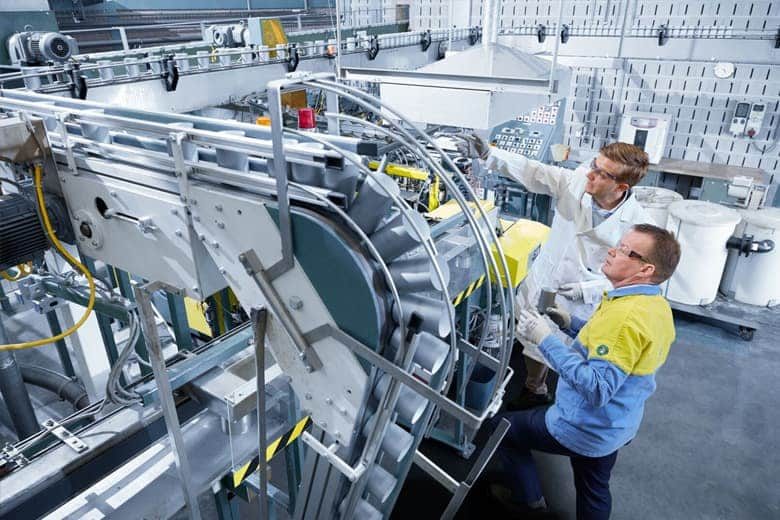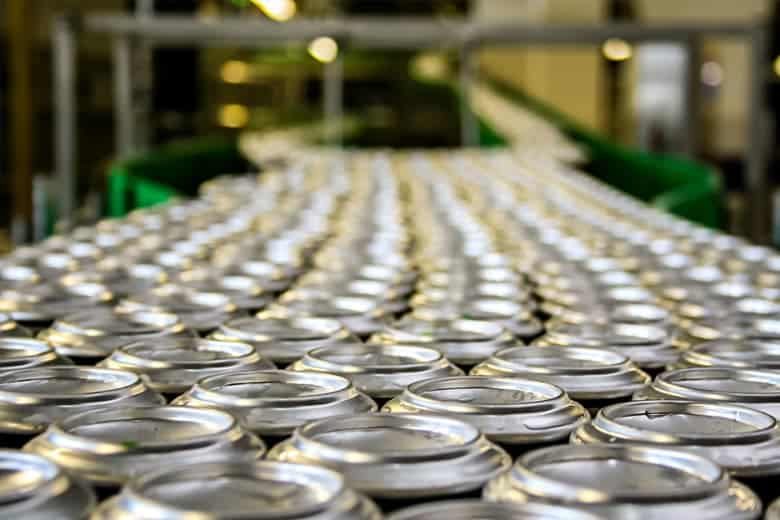Steel tanks used for food preservation can preserve high levels of nutrients and vitamins. Contrary to popular belief, canned fruits and vegetables do not use chemical preservatives, but are preserved through high-pressure processing techniques that kill bacteria. As an ambient packaging medium, steel cans do not require cooling in the supply chain, simplifying logistics and storage, and saving energy and costs.
Steel packaging provides 100% barrier protection against light, water, and air and is the most tamper-resistant food packaging option available today. Steel cans can reduce waste by extending the shelf life of food. Plus, the relatively high thermal conductivity of steel means that canned beverages cool much faster than in glass or plastic bottles. Steel is used to package more than 1,500 food and beverages as well as paints, health and beauty products, and household items.

Magnetic And Recycling
Smaller Carbon Footprint
Lightweight

Benefits of using steel in the packaging industry
- Endlessly recyclable
- Contains recycled steel
- Easily recovered by magnetic separation
- Magnetic property increases filling accuracy, reducing potential spillage and waste
- Resource-efficient — no energy required for food preservation
- No additives are required while maintaining nutritional value
- Fast and efficient filling
- Durable
- Stackable
- Unbreakable
- Convenient
- Thin and light packaging produces environmental benefits
- Stainless Steel Sheet
- Stainless Steel Plate
- Stainless Steel Tube
- Stainless Steel Pipe
- Stainless Steel Bar
- Stainless Steel Rod
- Stainless Steel Coil
- Stainless Steel Strip
- Stainless Steel Angle
- Stainless Steel Flat Bar
- Stainless Steel Channel
- Stainless Steel Wire
- Stainless Steel Wire Mesh
- Stainless Steel Rectangular Tube
- Stainless Steel Cable
- Stainless Steel Threaded Rod
Get The Solution
We offer our customers the opportunity to increase profitability by meeting their just-in-time production schedules and offering customized services to meet end-user-specific requirements. Posco Group has always been committed to improving customer service and product quality and providing high-value solutions for customers’ businesses. Satisfying the needs of customers is our daily work goal!

